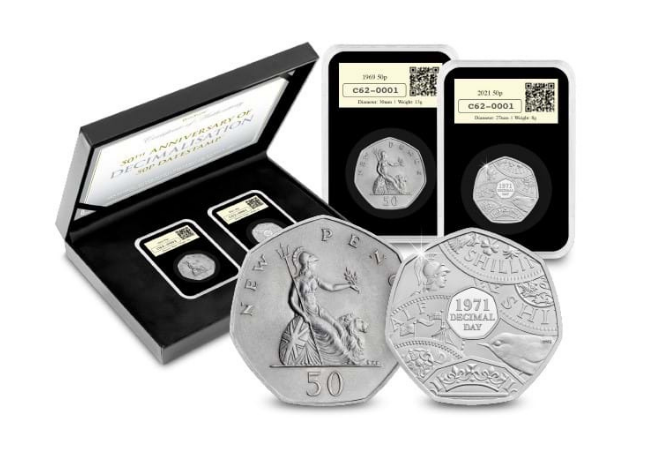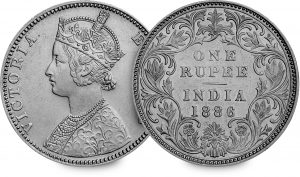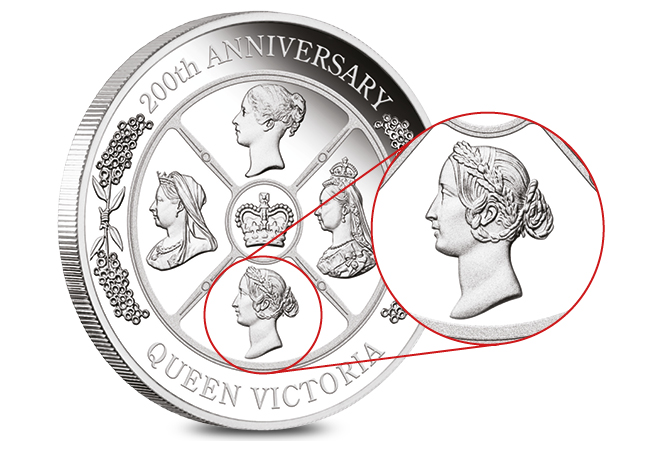Posts Tagged ‘Queen Victoria’
The countries that went Decimal long before the UK…
On 14th February 1971, the country went to bed with one currency, and woke with another. The following day, 15th February 1971, Britain went decimal. And this year marks the 50th anniversary of this monumental change.
The UK has been at the forefront of iconic and innovative coin designs throughout history. From King Edward III’s first gold coin which was introduced to the UK in 1344, to the experimental and iconic new designs seen on The Royal Mint’s latest issues.
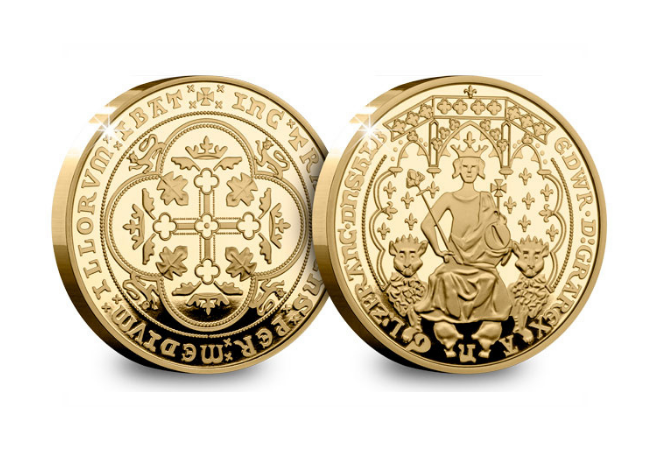
But the UK wasn’t the first country to go decimal. In fact, it was rather slow in its conversion and was one of the last countries in the world to go decimal. And the growing pressure of a world around it changing to Decimal currency would eventually push the UK to make the switch…
Who was the first?
Russia is considered the first country to go decimal, as under Tsar Peter the Great, the Russian Ruble was introduced with a sub-division of 100 Kopeks. It wasn’t until almost 100 years later in 1794 that France followed suit with the Franc, and the Netherlands was the third European country to go decimal in 1817 with the Dutch Guilder. Impressively, there are now only two countries in the world that are still using non-decimal currency – Madagascar and Mauritania (and interestingly both countries’ currencies are sub-divided into units of 5).
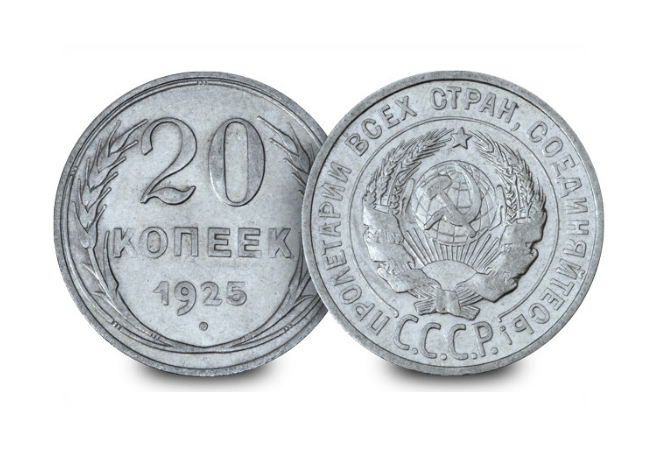
What about the Commonwealth?
By the 1960s, half the world had gone decimal and a number of Commonwealth countries had also made the switch to a decimal currency. Australia, New Zealand, and South Africa all turned to decimal throughout the 1960s giving rise to a powerful decimalisation movement in the UK. As the world around it converted to a modern decimal currency, it seemed inevitable that the UK would soon have to follow suit.
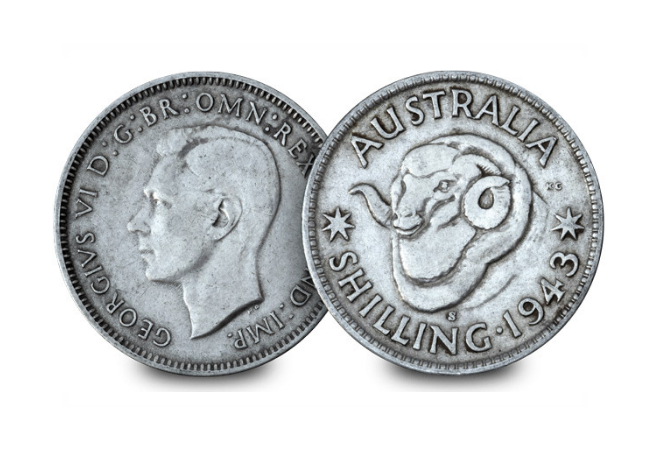
By the time the UK eventually got to Decimal Day, the majority of the world had already made the switch. That includes the likes of the US, Greece, Spain, Switzerland, The Philippines, Nova Scotia, Bolivia, China, Brazil, Jamaica, Fiji, and many more.
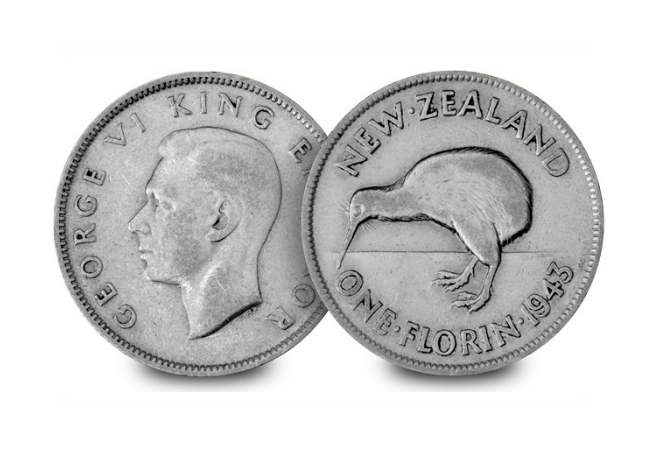
When D-Day finally came…
When Decimal Day finally arrived in 1971, many countries around the world had long since made the switch. For the UK, although the wheels had been set in motion with the introduction of the Florin 120 years prior, it wasn’t until 1968 that decimal coins officially circulated. The 10p and 5p coins were issued alongside their pre-decimal siblings, the Florin and Shilling, for almost 3 years before Decimal Day. Importantly, the first 50p coin entered our circulation in 1969, ultimately becoming the collector’s staple denomination. Fittingly, it is also the denomination that The Royal Mint have chosen to commemorate the 50th anniversary of Decimalisation this year.
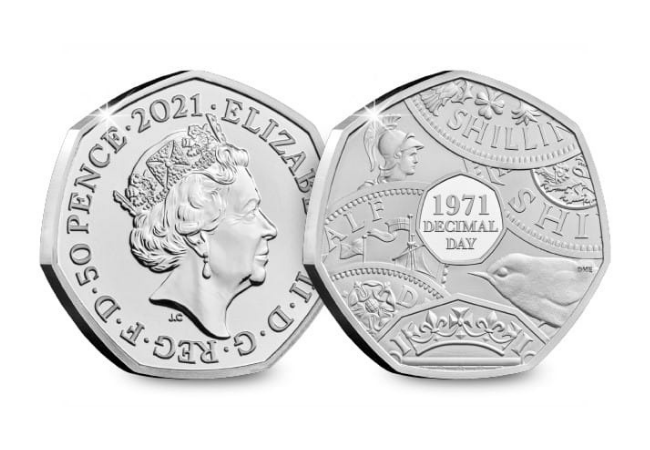
These early introductions helped the public warm to decimalisation and after seeing the world around them change. 15th February 1971 marked a long foreseen, yet inevitable event for the public – the biggest for UK coinage in over a thousand years! It altered the lives of everyone in the UK, remember these were the days before bank cards, and people had to learn a whole new currency! It is certainly an important moment in the history books.
If you’re interested: A NEW DateStamp™ has been authorised!
An original UK 1969 50p coin has been paired alongside a BRAND NEW 2021 UK 50th Anniversary of Decimalisation BU 50p to mark the upcoming 50th anniversary. Each will be officially postmarked by Royal Mail on the day, preserving your coins in a moment in time. Just 2,021 50th Anniversary of Decimalisation 50p DateStamp™ pairs have been authorised, act NOW to pre-order yours.
How a young queen saw the world without leaving Europe…
Despite ruling over 400 million people in an empire that covered almost a quarter of the world’s surface, Queen Victoria had never set foot in many of the countries that she ruled over.
For many of those people, the only way to catch a glimpse of their empress was by looking at the portraits on the coins that passed through their hands every day. These coins formed a vital connection between people, even though they may have lived on opposite sides of the world and experienced very different lives.
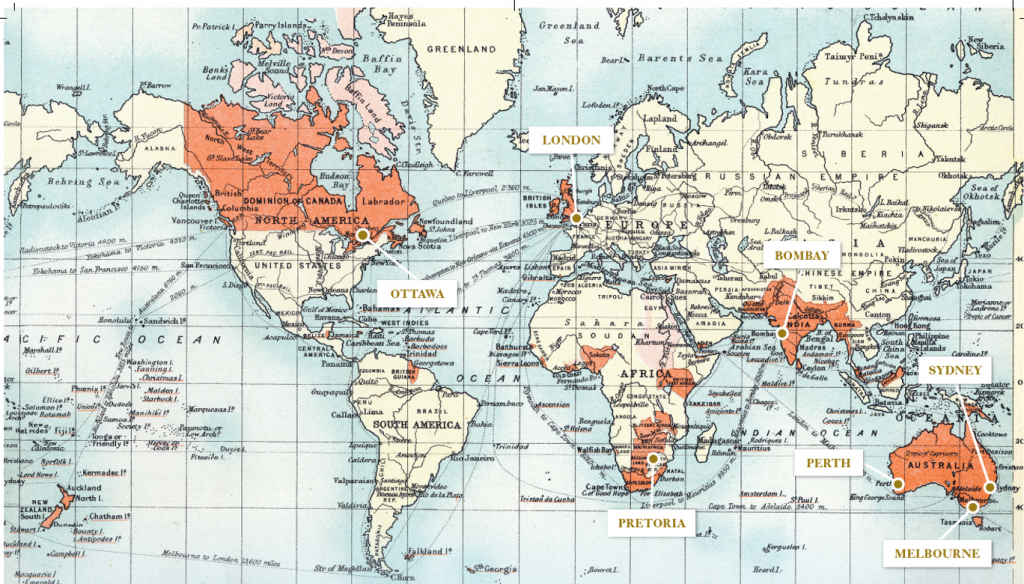
India became known as the Jewel in the Empire’s crown, and was so important to Victoria that she was awarded the title of the “Empress of India” in 1876. Although she never stepped foot in the subcontinent, the currency of India (the rupee) was minted with her portrait on from 1840, so people could recognise their empress despite living 4,500 miles away!
The rupee is one of the oldest currencies in the world, so to feature a British monarch for the first time was an important moment in numismatic history. The later portrait issued on rupees was similar to the Gothic Head effigy can be considered one of the most beautiful coins of the empire.
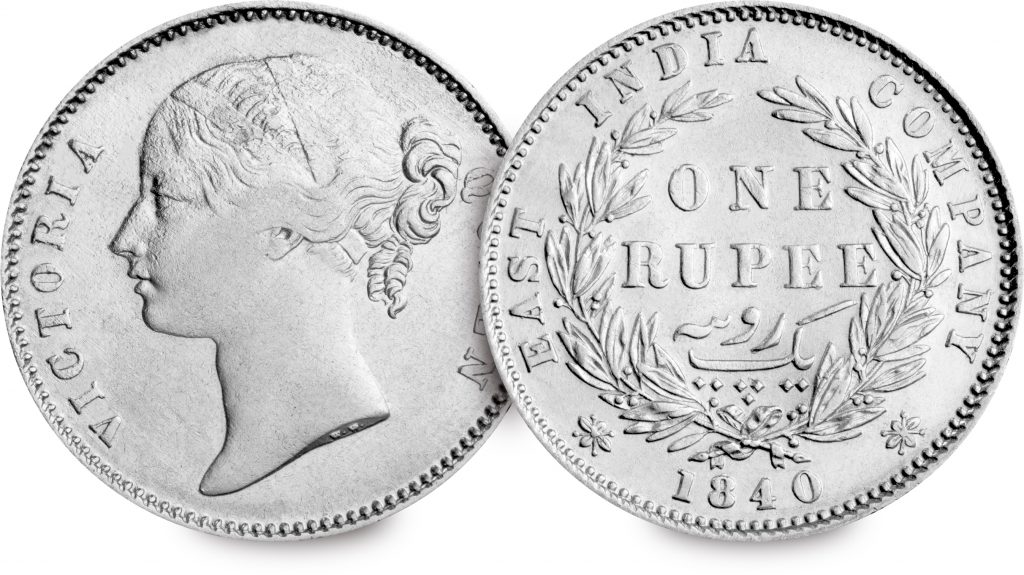
1840 Indian Rupee 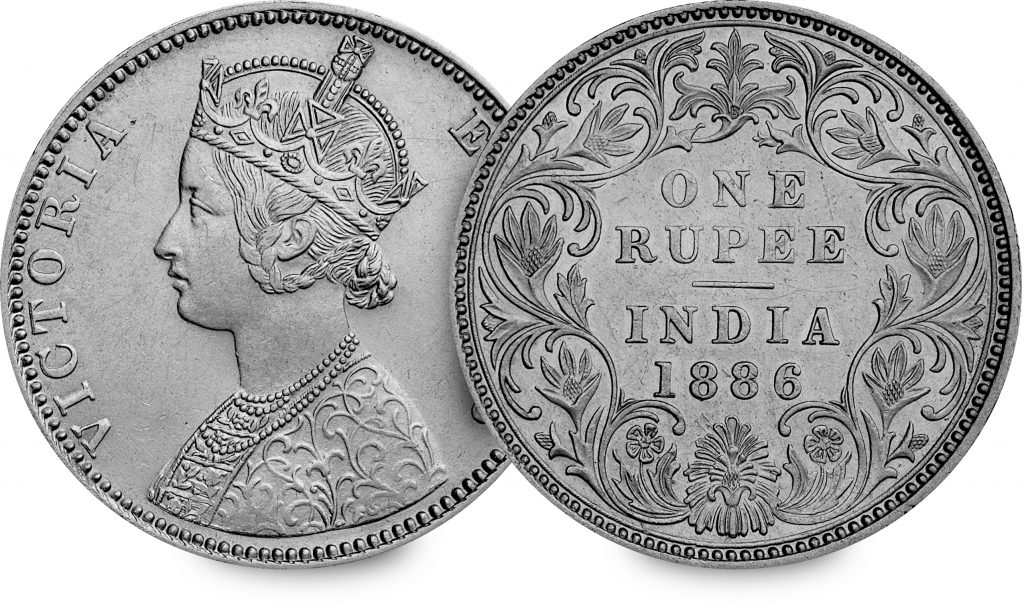
1886 Indian Rupee
Another numismatic first took place in Australia in 1855, one more country that Victoria never visited (which is hardly surprising as it would have taken her almost two months to get there!). As the empire grew, so did the need for coins and the Royal Mint opened branches in Australia to mint sovereigns for the empire. In 1855 the first ever sovereign to be minted outside of the UK, the Sydney sovereign, was issued. It featured a portrait of Victoria that was based on the Young Head effigy, but with a sprig of banksia weaved through Victoria’s hair, giving the portrait a distinct Australian feel.
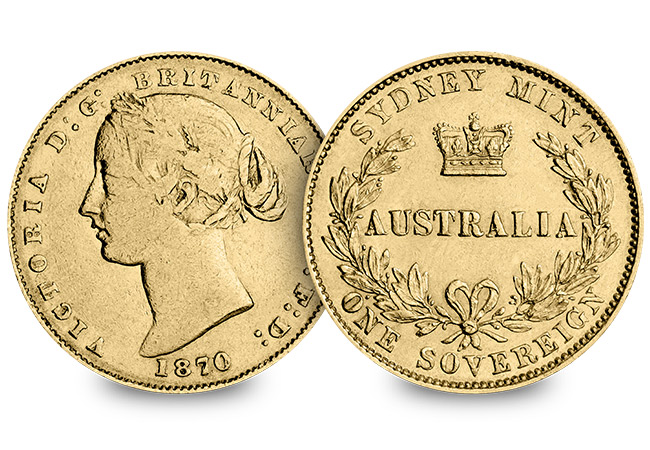
A number of Royal Mint branches were opened throughout Australia after the success of the Sydney sovereign. To identify the mint that sovereigns were produced in, mintmarks were added to the coins, with a small ‘P’ for Perth, and an ‘M’ for Melbourne. The sovereign became legal tender in the majority of British colonies in the 1860s, and its importance in British trade, and worldwide circulation earned it the title “the King of Coins”. By the final years of the British Empire, the sovereign was minted in four continents across the globe.
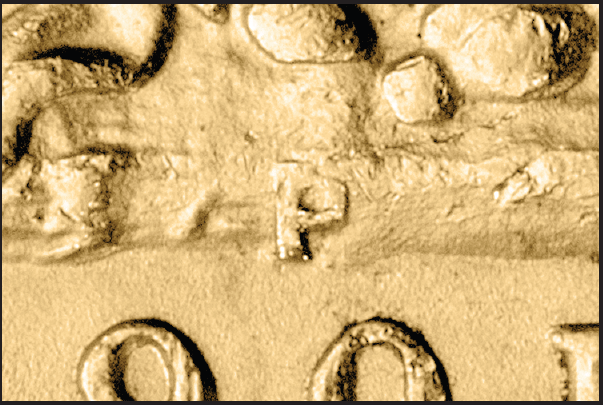
‘P’ Mintmark for sovereigns minted in Perth 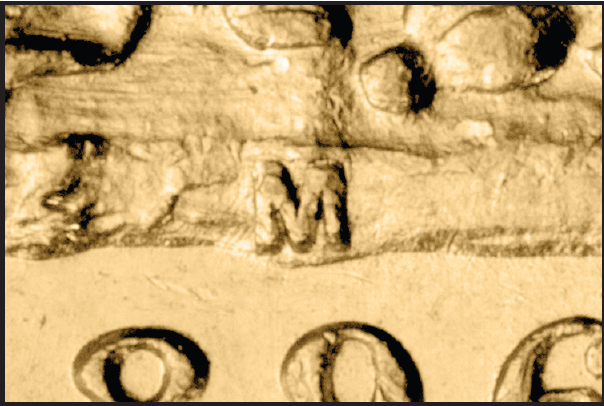
‘M’ Mintmark for sovereigns minted in Melbourne
India and Australia weren’t the only countries that saw Victoria’s portrait. Her image also reached as far as Hong Kong, Ceylon, East Africa and New Zealand. In 1870 the first Canadian dollar with Victoria’s portrait was issued, taking Victoria’s image to a new side of the world for people to see.
Victoria never left Europe, but her portrait and image stood strong on coins around the world. Whilst she never stepped foot in many of the countries that she ruled over, that didn’t stop people recognising her image around the world. The coins that they used every day provided a link to the empire that they were a part of, despite the miles between them.
If you’re interested
You can now own a genuine Victorian Silver Rupee, minted over 4,500 miles away! Click here for more info>>>>
From youthful queen to graceful empress – discover the five faces of Queen Victoria
Many coin enthusiasts will recognise the three major depictions of Victoria on her coinage; the Young Head, the Jubilee Head, and the Old Head. You may even have seen the beautiful Gothic Head portrait that featured on a new denomination of Victoria’s coinage. However, very few will have heard about the portrait that never featured on a UK coin – the Sydney Type II portrait.
Each effigy has a different and unique story to tell and gives an insight to the fascinating and captivating tales of Victoria’s life and reign. Here are the five portraits, including the ‘secret’ Sydney portrait, that symbolise those 63 years of her reign.
The longest reigning…
The Young Head portrait was the first official effigy of Queen Victoria to be used on circulating coinage. William Wyon’s design represented a youthful 18 year old queen, one that many people never would have thought would go on to lead the world’s largest empire and celebrate a rule lasting over 60 years.
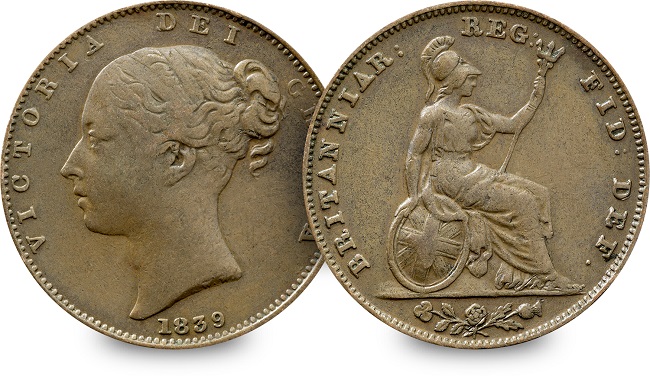
To this day it is the longest that a portrait has featured on our circulating coinage, having been issued on bronze coins up until 1895. The Young Head effigy is considered the most favoured portrait of Victoria’s coinage, undergoing only minor changes throughout its lifespan. A variation was even designed by Wyon’s son, called the ‘Bun Head’ portrait.
The most beautiful…
In 1847, William Wyon created a second portrait of Queen Victoria, but little did he know that this portrait would go on to be regarded as one of the most beautiful representations of the Victorian age.
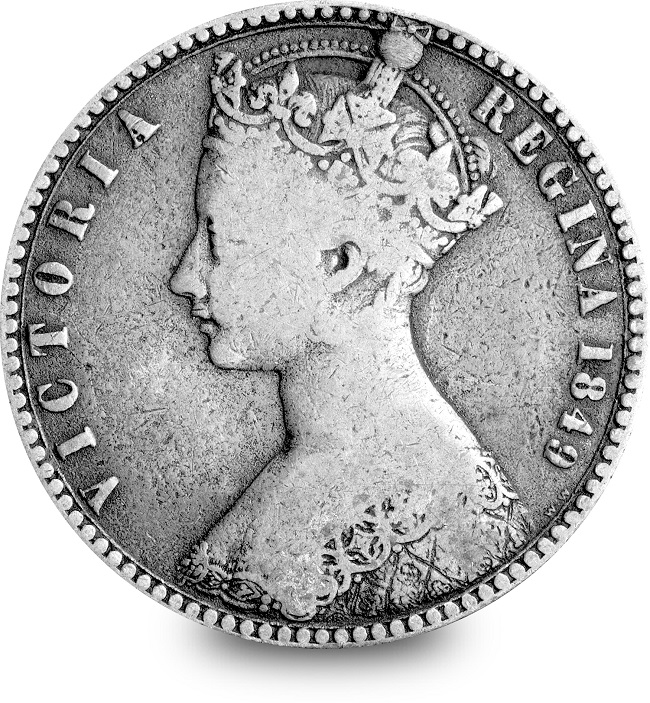
The revival of Gothic culture was seen across Victorian life. This particular portrait drew its name from the distinct gothic font used for the inscription around the edge, and the intricate detail on the crown that Victoria wears is considered a numismatic masterpiece.
The one that never made it to Britain…
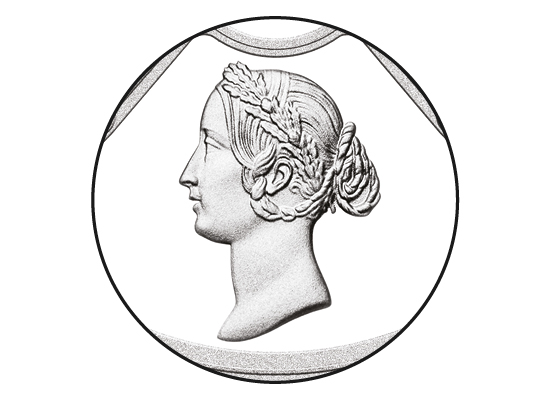
Victoria’s portrait was used on coins that were issued at imperial mints within the empire, but the Sydney Mint Type II portrait was only ever seen on Australian coins. First issued in 1857, it was produced exclusively on Australian coins for only 14 years! It depicted a younger queen with a sprig of banksia (an Australia plant) weaved into her hair, which gave it a distinct Australian feel.
The most controversial…
By 1887 Victoria had ruled for over 50 years and overseen the expansion of the British Empire into the largest the world had ever seen. A new portrait was needed to reflect the achievements and elegance of an elder monarch. The Jubilee Head portrait was designed by Sir Joseph Boehm and was the first to feature Victoria in her mourning veil.
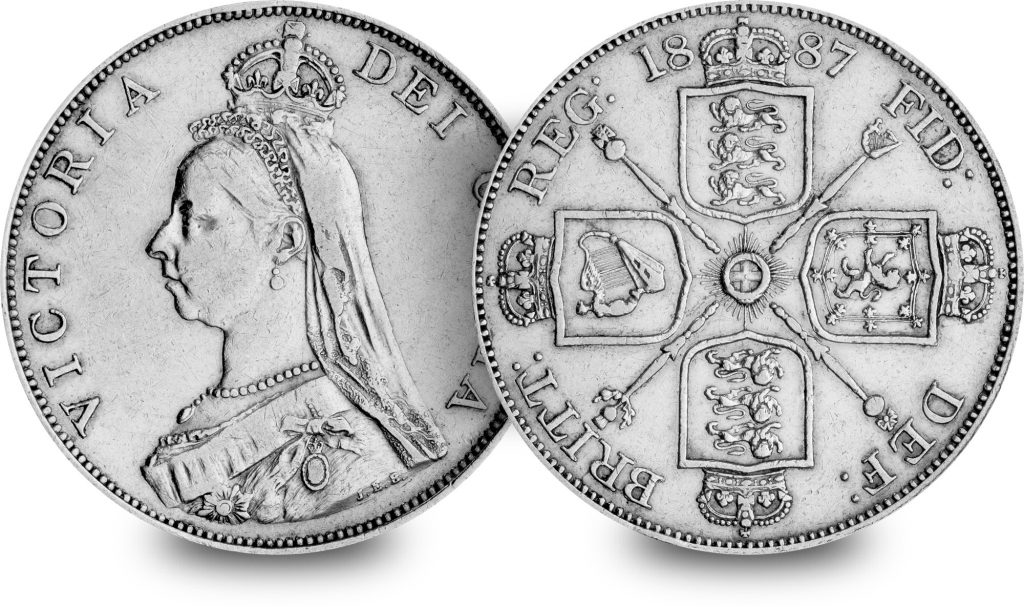
The portrait was only circulated for six years, partly because the public thought that the crown was balanced precariously on her head and didn’t reflect the queen with the grace that she deserved. Because of the split public opinion, the portrait was shortly replaced just six years after it was introduced.
The Queen in mourning…
By 1893 Thomas Brock had created the Old Head portrait. It depicted a mature Queen with her mourning veil draped over her shoulder and tiara. Victoria’s veil had become integral to her image since the death of her husband in 1861, right up until her final years. This is one of the most famous images of Victoria and features on the final sovereign of her reign, issued in 1901.
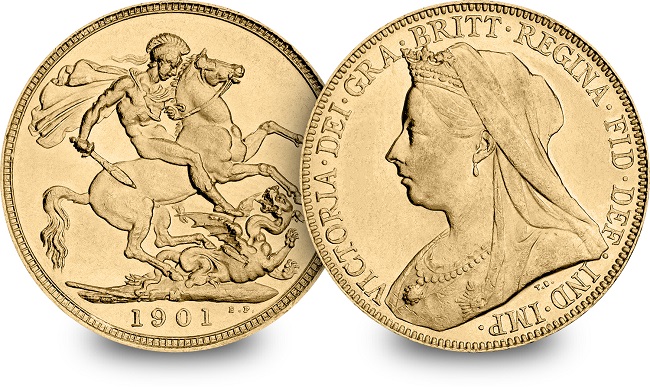
Of all the monarchs, Victoria’s reign seems to have captured the imagination of the public more than any other. Every coin and portrait tells a unique story – from the Young Head which depicted a promising Queen, right through to the Old Head which represented an aging and graceful monarch.
If you’re interested…
You now have the unique chance to own the secret Sydney portrait on a new issue from the Perth Mint. Click here to secure yours now! >>>

